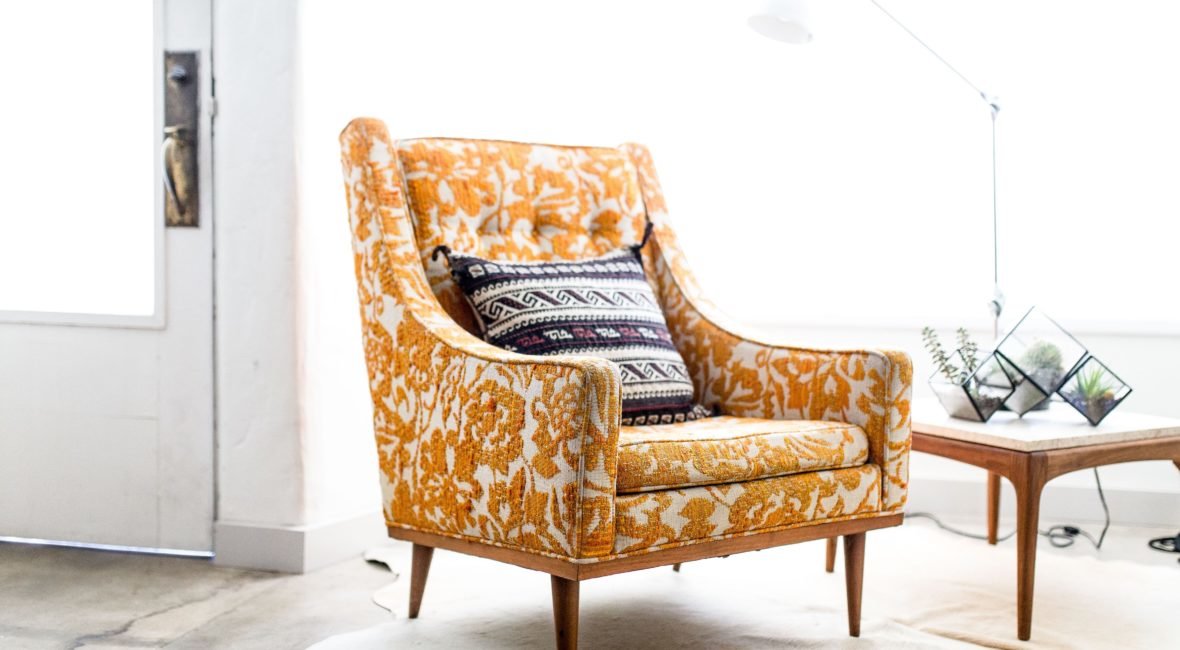Home Decor: Where to Spend and Where to Save
Posted by Shawn Bengtson on Monday, September 24th, 2018 at 11:42pm.

When decorating your new home, it often pays to invest in higher-end pieces. However, expensive doesn’t always mean better; sometimes it is smarter to go under budget and re-allocate those dollars to items worth the investment. Below is a guide on where to spend and where to save, when turning your new house into your forever home.
Wall Art
Spend on the presentation; save on the art.
If you already know what type of art you love, you are already a step ahead of most. If you’re still refining your aesthetic, buy inexpensive art and splurge on custom matting. Use an inexpensive, oversized frame and visit a local craft store to cut custom matting, particularly in luxe fabrics such as velvet or linen. You will have the look of custom art, at a fraction of the price.
Bedroom
Spend on the mattress; save on the headboard and nightstand.
Sleep is as important to your health as nutrition and exercise, so splurge on the mattress that will help you get the best night’s sleep. While the more visual elements, such as a headboard and nightstand are still important functionally, there are many inexpensive options available that are still beautiful and high-quality.
Living Area
Spend on the sofa, rug and window treatment; save on decorative accents.
Other than your bed, your sofa probably gets the most use out of any other piece of furniture. Make sure the sofa can withstand continued, long-term use and is comfortable. Select a neutral sofa in a durable, natural material such as wool, leather, or cotton. For an investment piece, select a neutral color such as gray, oatmeal or tan that will be able to blend in with changing decor styles.
An area rug sets the tone for the look and feel of the space. Spend the most your budget will allow, choosing the material that best aligns with your lifestyle. If you have young children and pets, select an indoor/outdoor rug that doesn’t absorb spills and is stain resistant. For a longer-term investment, a wool rug is a lifetime rug that is durable and wears well. If you’re looking to make a big visual impact but don’t have as big of a budget, use an inexpensive natural fiber rug, such as a jute or sisal, and layer a smaller, more expensive rug on top. This way you can still have a luxe look, without paying the cost of a full room rug.
If you have to choose one custom piece, select window treatments. Cheaply-made and ill-fitting window treatments will diminish the look of the entire space, regardless of how much you invested. If you opt for store-bought window treatments, have curtains professionally hemmed to ensure a more custom fit.
Save on decorative items, such as side tables, throw pillows or accent pieces. These items don’t need to be top quality and are easiest to swap out season to season, and when you want to give your space a quick update.
Lighting
Spend on hanging lighting; save on task lighting.
Hanging lighting, such as chandeliers or pendants, can be a room’s main focal point. Whether you opt for a glamorous, sparkly chandelier or a rustic modern farmhouse pendant set, this type of lighting can determine the look of the space.
Task lighting, such as floor and table lamps or sconces, is an area where you can save. This type of lighting isn’t a focal point, and there are many beautiful, stylish options at stores such as Home Goods or Target.
Kitchen
Spend on a dining table; save on dining chairs and tableware.
A high-quality dining table is a lifetime piece. Investing in a solid wood table with clean lines ensures your family can use it for years — even generations — to come.
Kitchen chairs, however, aren’t held to the same quality standards. Buying less expensive kitchen chairs will give you more flexibility to switch out different variations of seating every few years.
Lastly, everyday dishes get a lot of use, between microwaves, dishwashing, and the inevitable dropping. Since it’s a given they will go through the wear-and-tear associated with use, don’t invest too much in tableware.
Furnishing and decorating a home is expensive, no matter what. Knowing where to allocate your decorating dollars will help you invest in the items that will pay off the most long-term.
© atproperties.com

